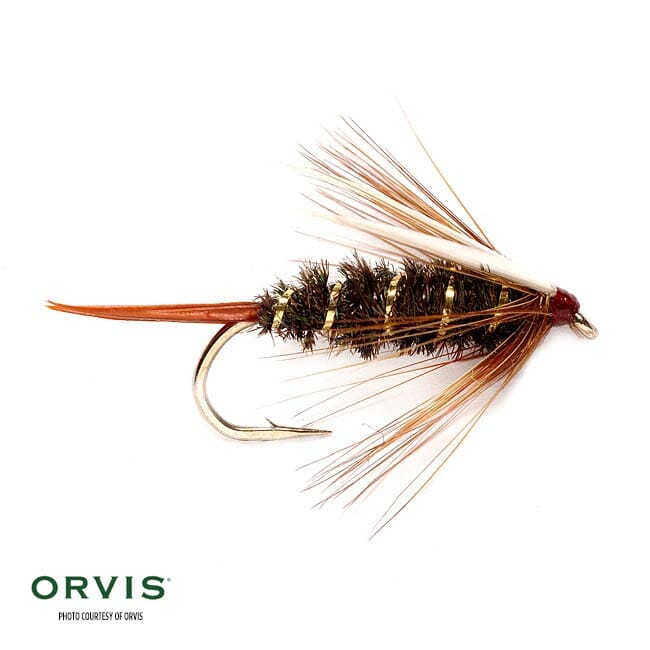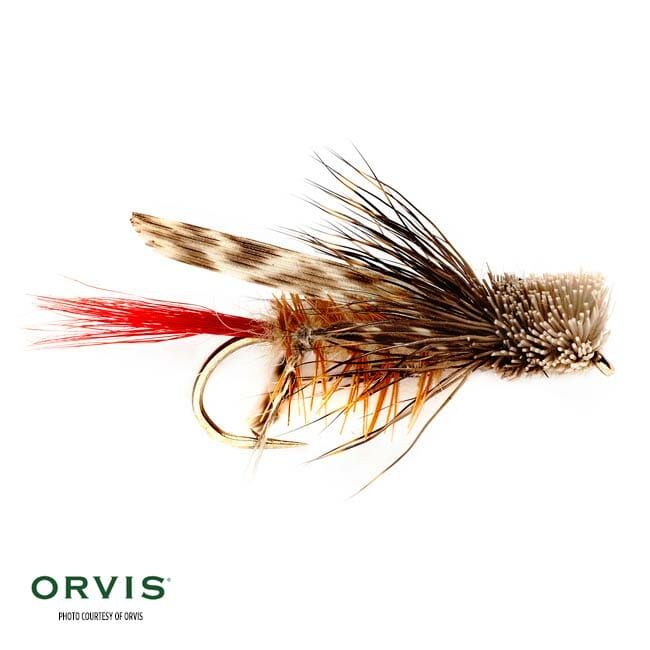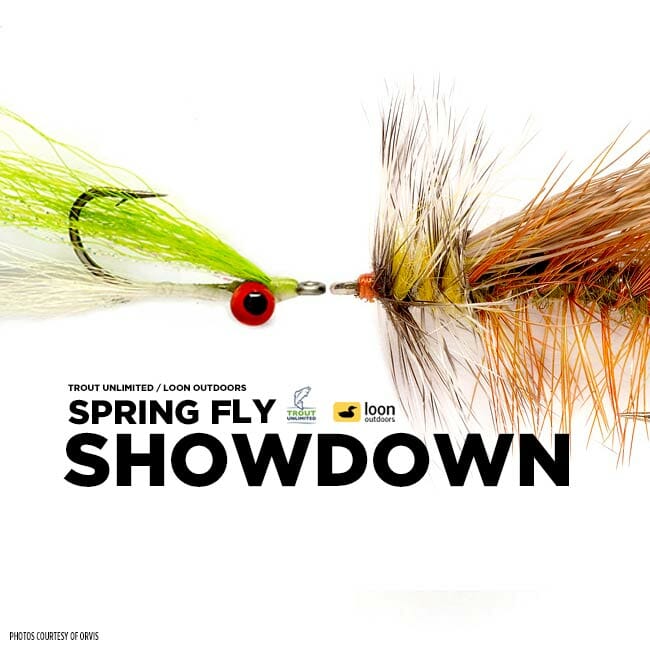The TU-Loon Outdoors Spring Fly Showdown continues with four matchups today. The first face-off is between what might be the best attractor nymph ever tied, and a classic grasshopper pattern that populated fly boxes for decades.
The Prince Nymph might be a nymph angler’s answer to the Royal Wulff. Tied with peacock herl and weight, this fly, depending on its size, can imitate lots of different subsurface insects, but doesn’t accurately represent any single aquatic insect specifically.

Tied in small sizes—sizes 16-20—the Prince might share a reasonable profile with small mayflies (like a Blue-winged Olive). Tied a big bigger, it’s a good caddis nymph imitation. Still bigger, in sizes 8-12, it’s a stonefly nymph in the eyes of many anglers. I’ve used big versions—size 6-8—to catch steelhead in Idaho’s Salmon River.
The fly was first tied by its namesake, Doug Prince, in the 1930s, making it one of many patterns that have passed the test of time. Today, most Prince Nymphs are tied not only with wire for weight (lead-free, please!), but also with brass or tungsten beads for a head. These flies are fished at or near the bottom, and there’s a reason they’ve been around so long.
They work.
If there’s such a thing as a classic grasshopper pattern, Dave’s Hopper is it. First tied by Oklahoma fly-fishing legend Dave Whitlock in the 1950s, Dave’s Hopper is a late-summer necessity on water where big trout are after big bits of protein on the surface.

Certainly, other hopper patterns have come on the scene, particularly since the advent of craft foam in terrestrial patterns. But this is the grandfather of all grasshopper patterns, and it’s still tough to beat when it comes to catching trout.
Voting starts at 1 p.m. ET today!



